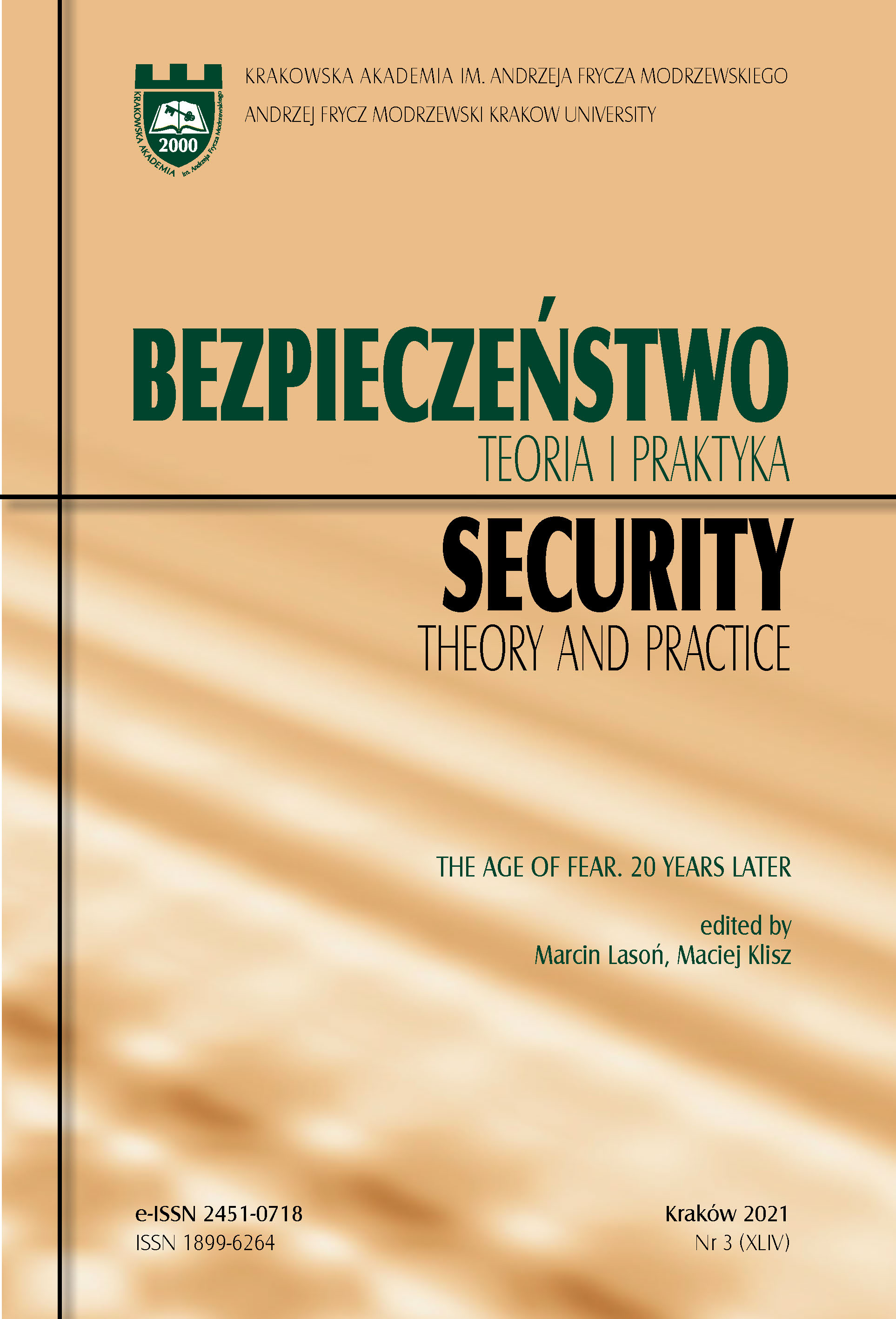Post-9/11 Transnational Threats in Colombia: The Risk to National and Regional Security and Stability
Post-9/11 Transnational Threats in Colombia: The Risk to National and Regional Security and Stability
Author(s): Raymond John BuembergerSubject(s): Politics / Political Sciences, Security and defense, Military policy, Peace and Conflict Studies
Published by: Oficyna Wydawnicza KA AFM
Keywords: Transnational Crime Organizations; transnational crime; Communist Guerrillas; Paramilitary Groups;
Summary/Abstract: Colombia has experienced a long and difficult political struggle for over 50 years. During this time, communist guerrillas such as the 19th April movement (M-19), the Revolutionary Armed Forces of Colombia (FARC), the National Liberation Army (ELN), and the Popular Liberation Army (EPL) have sought to overthrow the government of Colombia and have engaged in illicit activities such as kidnappings and extortion to finance their operations. During the 1990s, these groups became involved in the cocaine trade, and engaged in drug trafficking which significantly increased their financial revenue, access to weapons, and the overall size in terms of membership. As these organizations witnessed the tragic events of September 11, 2001 take place in New York City and in other locations in the United States, they became emboldened and began to envision themselves overthrowing and defeating the government of Colombia. Through Al-Qaeda’s example, armed groups in Colombia imagined themselves as the biblical character David, who defeated the giant Goliath with a sling and a stone. After 9/11, Transnational Criminal Organizations (TCOs) operating in Colombia began to extend their reach beyond national borders and became a major threat to national and regional security. For decades, these groups were embedded and nested with insurgent groups, right wing paramilitary groups, and other illegally armed groups involved in the nation’s armed conflict. However, after the 2016 signing of the peace accord between the Colombian government and the political arm of the FARC, transnational criminal organizations now work in concert with each other, or opposing each other for control of the illegal drug industry in Colombia.19 This new criminal paradigm in Colombia is, in many ways, far more complex than the construct in place prior to 2016, and has created new security challenges for the government.
Journal: Bezpieczeństwo. Teoria i Praktyka
- Issue Year: XLIV/2021
- Issue No: 3
- Page Range: 129-140
- Page Count: 12
- Language: English

